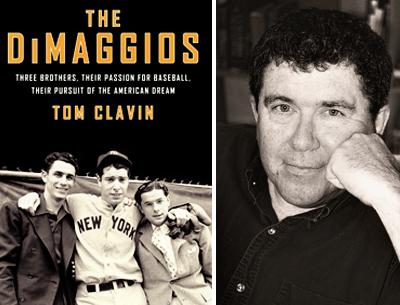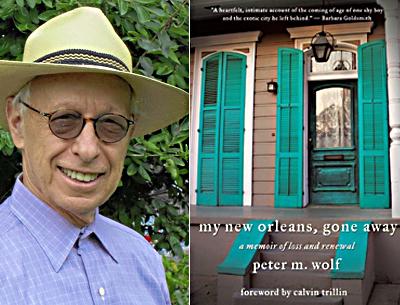Book Markers: 08.22.13
Book Markers: 08.22.13
Confessions at Canio’s
Canio’s: the independent gift of a bookstore that keeps on giving. On Saturday, for instance, Joan Cusack Handler, an author of several volumes of poems, will drop by the Sag Harbor shop for a reading from her new book, “Confessions of Joan the Tall,” a lyrical recounting of her Catholic youth in the working-class Bronx of the Eisenhower years. Ms. Handler runs CavanKerry Press in New Jersey and lives part of the year in East Hampton. The reading starts at 5 p.m.
Looking to liven up a dull Wednesday? Take a final pull from that cappuccino as a nod to the culture we’ve all so eagerly glommed on to in recent years and listen in as a celebration of all things Italian-American commences at 6:30 p.m., having brought in members of the Italian American Studies Association to read from and discuss their work. The group studies, documents, and disseminates information on the nature of the “folk migration” to America and its subsequent cultural influence. On hand will be a novelist, Robert Viscusi, a historian, Stan Pugliese, and a poet, George Guida, among others. Toothsome refreshments are in store afterward.
Of further note: The owners of Canio’s Books, Maryann Calendrille and Kathryn Szoka, will be the speakers at Fridays at Five tomorrow at the Hampton Library in Bridgehampton. Their recent book is “Sag Harbor Is: A Literary Celebration.” Ms. Calendrille has a “Guestwords” essay in this week’s paper, too.
Talkin’ Modernism
Caroline Rob Zaleski will make two appearances here this weekend to discuss “Long Island Modernism: 1930-1980,” published a year ago by W.W. Norton. The amply illustrated coffee table book has essays on roughly two score architects, from Frank Lloyd Wright to Marcel Breuer. In it, Ms. Zaleski explores why the Island was fertile ground for the spread of modernism following the success of the 1939 World’s Fair in Queens. Locally, houses from Sagaponack to Montauk are featured.
Ms. Zaleski, who started summering on Napeague in the late 1970s, heads up the Preservation League of New York State’s Seven to Save endangered sites program. She will be at the East Hampton Library on Saturday at 1 p.m. and at BookHampton on Main Street in the village on Sunday at 2 p.m.




